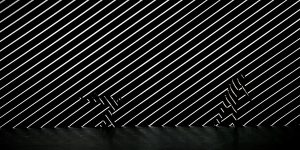
Projects
Projekte
-

Deep Space
In 2009, the inspiring possibilities of the CAVE technology were the starting point for a new, visionary concept to expand and optimize VR technology for a broad public in the Ars Electronica Center and its constantly growing number of visitors.
-
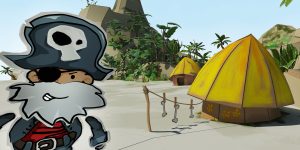
Papyrate’s Island
“Papyrate’s Island” is a multi-user interactive narrative on the Deep Space platform that was developed in collaboration with the Media Interaction Lab in Hagenberg. Technically speaking, “Papyrate’s Island” is a cross between a VR environment and a nonlinear animation film.
-

Source.Code
SAP, as an enterprise that configures and provides an organizational setting for abstract business processes, is Source.Code’s point of departure.
-
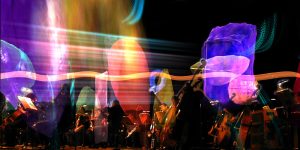
Mahler’s Resurrection Symphony Visionized
As a follow-up to their “Das Rheingold – Visionized” pilot project, the Ars Electronica Futurelab again collaborated with artist Johannes Deutsch on a performance of Gustav Mahler’s Symphony Nr. 2 in C minor as an interactive visualization in three-dimensional space.
-
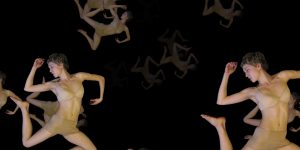
Le Sacre du Printemps
Following the successful virtual staging of Richard Wagner’s Das Rheingold (2004) and Gustav Mahler’s Symphony Nr. 2 in C Minor (2006), the series of projects was carried on by a collaborative effort of Ars Electronica Futurelab and the Brucknerfest with a performance of Le Sacre du Printemps (“The Rite of Spring”).
-

City Puzzle
An interactive simulation environment visualized technological approaches that city planners and architects of the future would be working with. This installation was an expanded spin-off of “Gulliver’s World,” the Ars Electronica Center’s mixed reality environment, and used a simple urban planning model as an example illustrating concrete application possibilities. Visitors could manipulate the various scenarios…
-
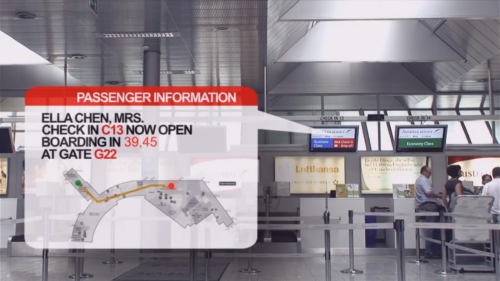
Digital Graffiti
Die weltweit ersten elektronischen Post-its
Digital Graffiti ist eine innovative Technologieplattform, die von 2001 an entwickelt wurde. Die Weltneuheit ermöglichte es, virtuelle Informationen wie Text, Bilder, Töne, Videos oder sogar Programmcode wie elektronische Post-its an jedem beliebigen Ort zu hinterlassen. Digital Graffiti nutzte mobile Geräten wie PDAs (Personal Digital Assistent), Notebooks und später auch Smartphones, um Nachrichten standortbezogen abzurufen und…
-

Hidden Worlds
The collaboration between SAP and Ars Electronica has been in place since 2002. This partnership is a prototype for new models of collaboration between art, business, technology and society. The collaboration ranges from media art presentations at SAP events and novel visualizations of information to joint research projects and innovative social initiatives.
-

Das Rheingold – Visionized
On September 26th and 28th, 2004, a concert performance of Richard Wagner’s Das Rheingold under the direction of Dennis Russell Davies and the Bruckner Orchestra Linz took place in the Great Hall of the Brucknerhaus Linz with an interactive 3D visualization by Johannes Deutsch and Ars Electronica Futurelab.
-

Gullivers World
The theme of Gulliver’s World is the relationship between virtual and material realities, and the reality that’s constructed by combining these two components.
-

VRizer
Game Engines on the ARSBOX 2003
VRizer is a 3D visualization software developed at the Ars Electronica Futurelab which used the latest technology for a graphical representation of data, setting new standards in the field of real-time computer graphics.
